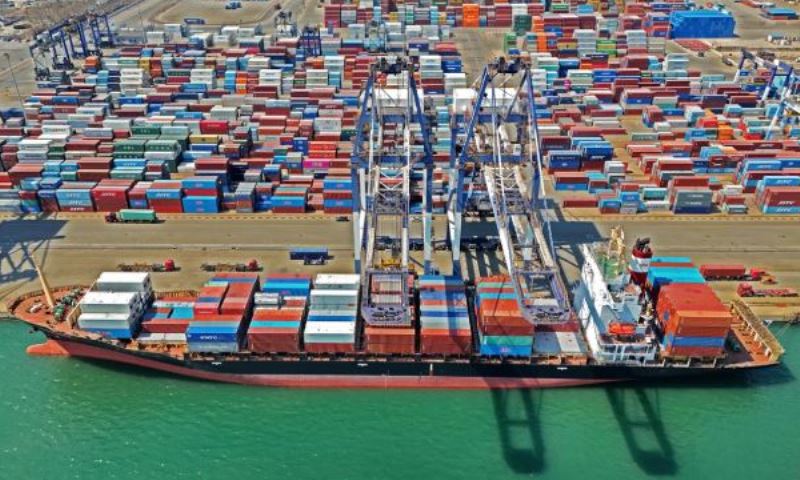European shipping and logistics companies are entering the third-quarter earnings season under growing pressure, as analysts revise profit forecasts to reflect falling freight rates and weaker demand. Ocean container rates have dropped to their lowest levels since January 2024, hit by industry oversupply and subdued demand following new US tariffs, threatening carrier profitability.
Danish shipping giant Maersk is seen as relatively insulated from the sector-wide challenges, thanks in part to long-term contracts with customers that lock in higher rates. While container volumes increased 4% between January and August, Bernstein analysts noted that the growth was largely driven by front-loading ahead of the pause in US tariffs and provides only temporary support for rates.
Demand remained muted in the third quarter, traditionally a peak season for carriers, and rates are expected to stay weak as supply continues to rise, Bernstein added. Bank of America analysts anticipate logistics companies will offer cautious outlooks in upcoming earnings reports.
Analysts expect many firms to either revise forecasts downward or report weaker quarterly results amid soft sea and air freight yields. BofA Securities projects that Denmark’s DSV will reduce its operating profit guidance by around 1 billion Danish crowns ($156 million), bringing it to 19.5–20.5 billion crowns. HSBC forecasts a one-third drop in Swiss forwarder Kuehne + Nagel’s quarterly operating profit. DSV’s profitability appears more resilient than K+N’s, with Jefferies citing the company’s shedding of lower-margin business after its merger with Schenker.
German logistics leader DHL is expected to report a 4% decline in quarterly operating profit, weighed down by weakness in its express and forwarding segments, according to HSBC.
By contrast, analysts remain optimistic about Maersk, expecting strong third-quarter results and potential upward revisions to its full-year guidance. Favorable freight rate trends through mid-August likely boosted both revenue and volumes.
“For Maersk, it is positive that a majority of the container rates clients pay are locked in term contracts—up to 72% this year,” said Rico Luman, senior economist for transport, logistics, and automotive at ING Research. These contracts, often running for a year or more, allow Maersk to continue benefiting from previously elevated rates. Luman added that while Maersk’s Ocean segment will eventually face pressure as contracts roll over, the decline is expected to be more gradual than for other container liners.

